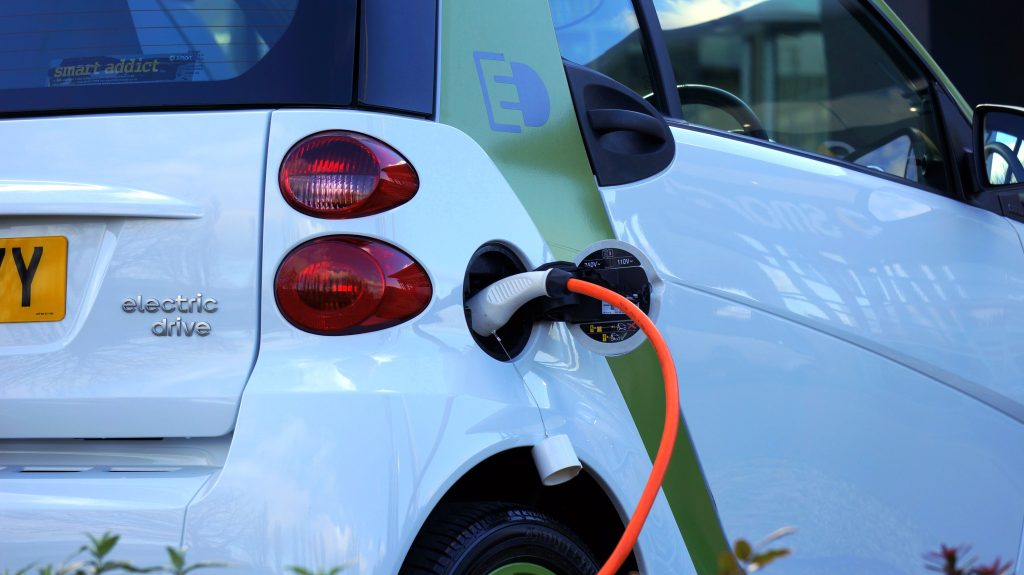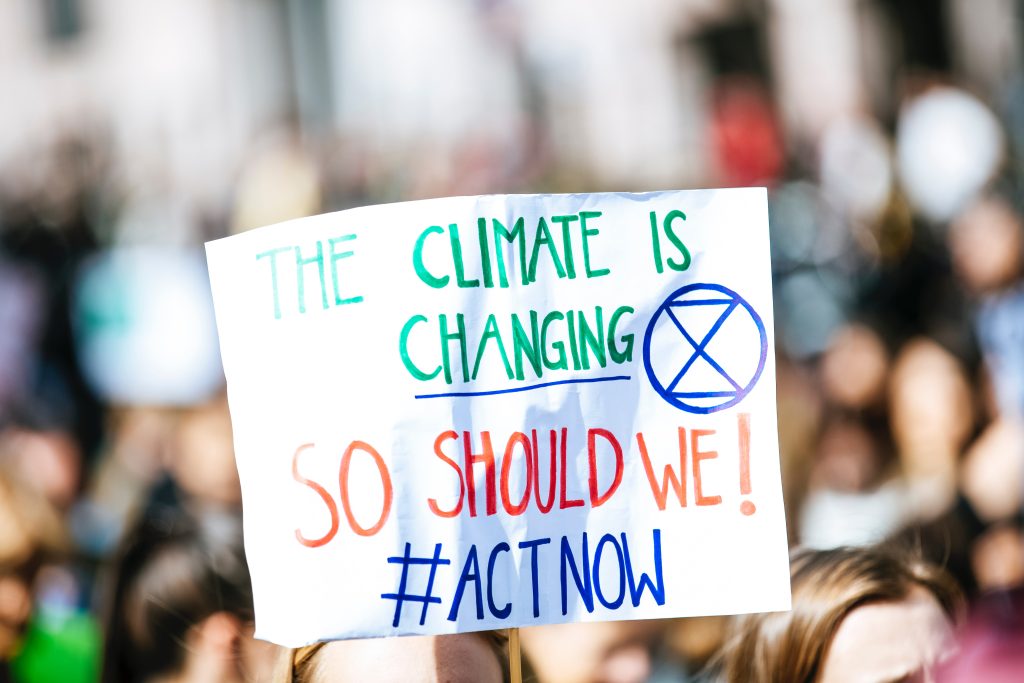Climate change is a pressing global issue that has garnered significant attention in recent years. One of the key contributors to this phenomenon is the transportation industry, specifically the use of cars. As the world’s fourth-largest producer of greenhouse gas emissions, Australia is no stranger to the environmental impacts of car usage. Relying heavily on cars for transportation in the country causes air pollution, congestion, and worsens the climate crisis. This article explores how cars in Australia affect climate change. We will look at how much they contribute and the impact on the environment. We will analyze data and statistics to understand the current state of the country’s transportation sector and the need for sustainable solutions to reduce the impact of car usage on the climate. This article explains how cars affect Australia’s greenhouse gas emissions and contribute to global climate change.
Transportation emissions contribute to climate change.
Transportation plays a significant role in contributing to climate change, particularly through the emissions released by cars. Australia has a high rate of car ownership per person, which has a significant impact on climate change due to transportation emissions. When vehicles burn fossil fuels like gasoline and diesel, they release greenhouse gases into the air. The main greenhouse gases are carbon dioxide (CO2) and methane (CH4). Emissions trap heat in Earth’s atmosphere, causing global warming and changing climate patterns. Transportation is a big contributor to Australia’s greenhouse gas emissions. This highlights the importance of finding sustainable ways to travel to help reduce climate change impacts. To create a sustainable future for Australia and the planet, we need to switch to cleaner and more efficient vehicles, promote public transportation, and invest in alternative fuel sources.
The Australian government takes action against pollution.
The Australian government took action to address the impact of transportation emissions on climate change. Through comprehensive policies and initiatives, they aim to reduce pollution caused by cars and promote a more sustainable transportation system. One measure is to set stricter emissions standards for vehicles and promote the use of electric and hybrid cars that emit fewer greenhouse gases. The government has invested in improving public transportation, making it easier for citizens to use alternative ways of travelling. They have also introduced incentives and subsidies to encourage the purchase of environmentally friendly vehicles and the advancement of renewable fuel technologies. The Australian government is actively addressing pollution from cars to fight climate change and protect the environment for future generations.

Electric cars offer a greener solution.
Electric cars offer a greener solution to the environmental challenges posed by traditional gasoline-powered vehicles. These eco-friendly vehicles run on electricity, producing zero tailpipe emissions and significantly reducing greenhouse gas emissions associated with transportation. With advancements in technology, electric cars have become more accessible, affordable, and practical for everyday use. Renewable energy sources not only improve air quality but also decrease reliance on fossil fuels and support the shift towards sustainable energy. Australia has the opportunity to make a substantial impact in reducing its carbon footprint and lessening the effect of cars on climate change by fully embracing electric vehicles.

Efficient driving practices reduce footprint.
Besides switching to electric vehicles, practising efficient driving can also help decrease the environmental impact of cars in Australia. To increase fuel efficiency and reduce carbon emissions, drivers should practice techniques like smoothly accelerating and decelerating, keeping the right tire pressure, and avoiding unnecessary idling. By strategically planning routes that minimise distance travelled and avoiding peak traffic hours, we can not only reduce the time spent on the road but also minimise the harmful emissions released into the atmosphere. Additionally, the integration of carpooling or ride-sharing alternatives can play a vital role in slashing the amount of vehicles on the road, thereby significantly mitigating the overall environmental impact of cars and their contribution to climate change. By implementing these efficient driving practices, individuals can play a crucial role in mitigating the environmental consequences associated with transportation.
Collaboration is needed for a sustainable future.
As we explore further the issue of the impact of cars on climate change in Australia, it becomes clear that a collaborative approach is essential to secure a sustainable future. This requires the involvement and coordination of various stakeholders, including government bodies, automobile manufacturers, transport companies, and individual citizens. Government policies and regulations should prioritise and incentive the development and adoption of greener technologies in the automotive industry. Simultaneously, automobile manufacturers must invest in research and development to produce more fuel-efficient and environmentally friendly vehicles. Transport companies can contribute by integrating alternative modes of transportation, such as electric buses and trains, into their operations. Citizens should take responsibility by making conscious choices like using public transportation, carpooling, cycling, or walking whenever possible. By working together, we can drive meaningful change and pave the way for a sustainable future in Australia and beyond.
In conclusion, it is clear that the use of cars has a significant impact on climate change in Australia. In light of the ongoing consequences of global warming, it is absolutely essential that we prioritise sustainable transportation choices. This may include using public transportation, carpooling, or investing in electric vehicles. Taking small actions to reduce our dependence on cars can have a profound effect on the environment and contribute to alleviating the consequences of climate change. It is our individual responsibility to make wise choices and secure a sustainable future for both Australia and the entire planet.
